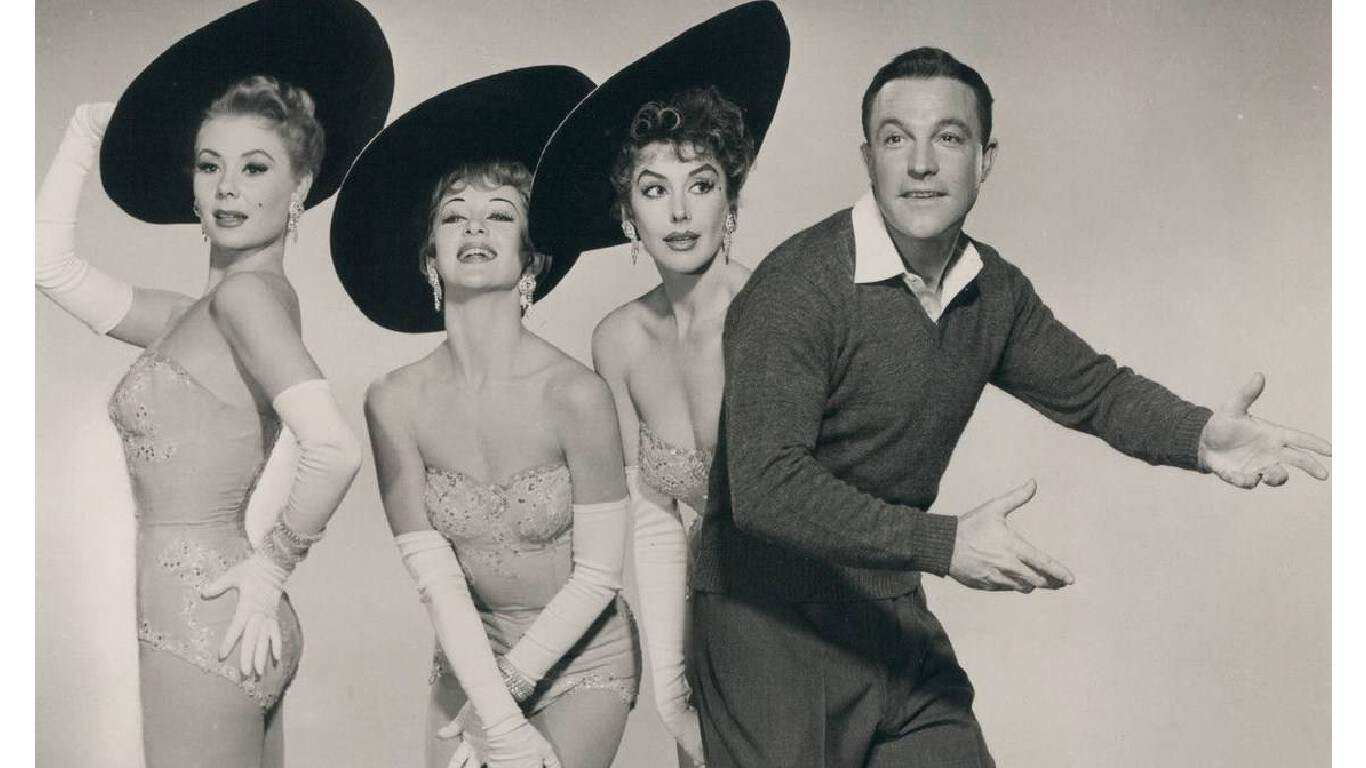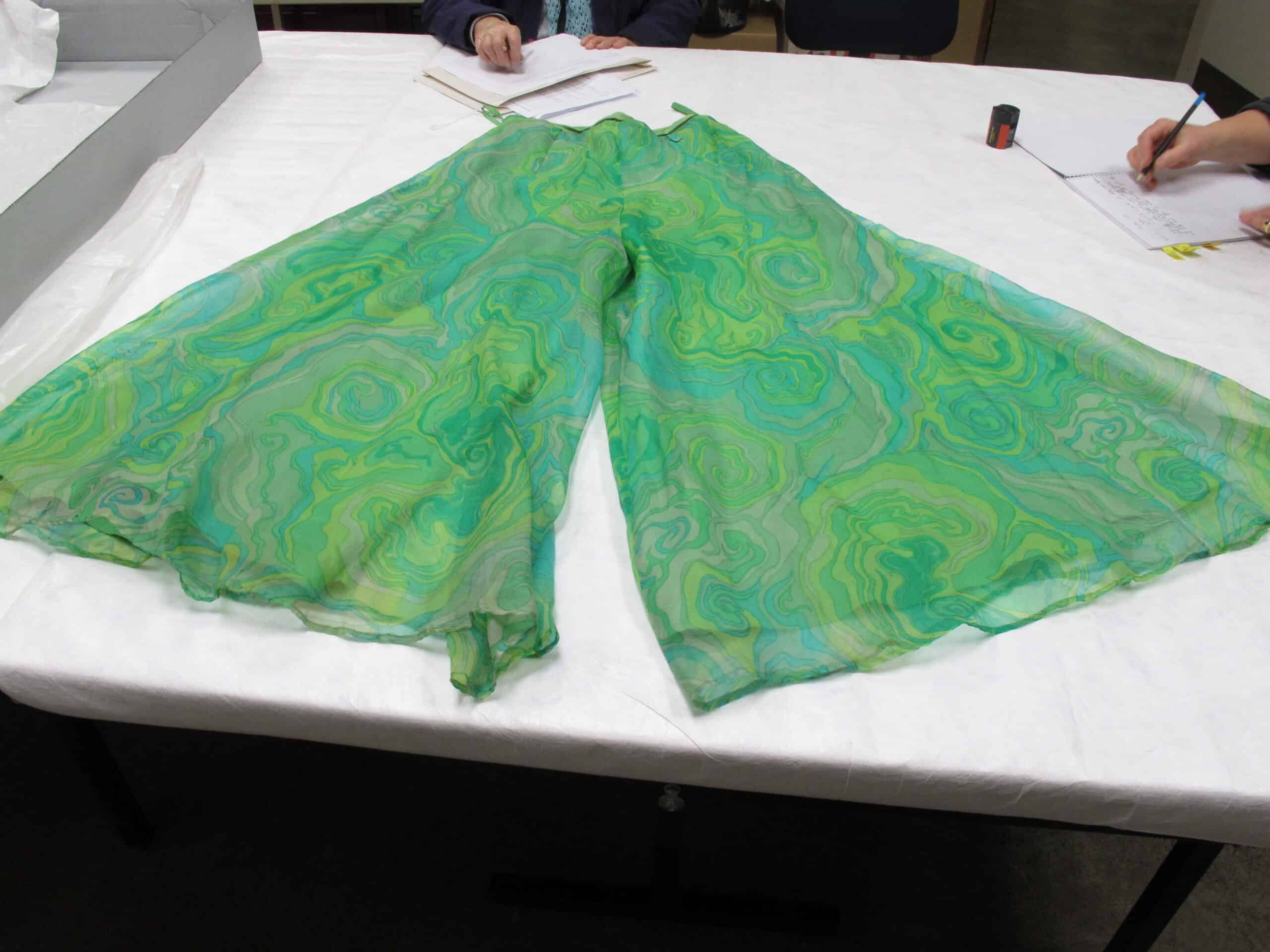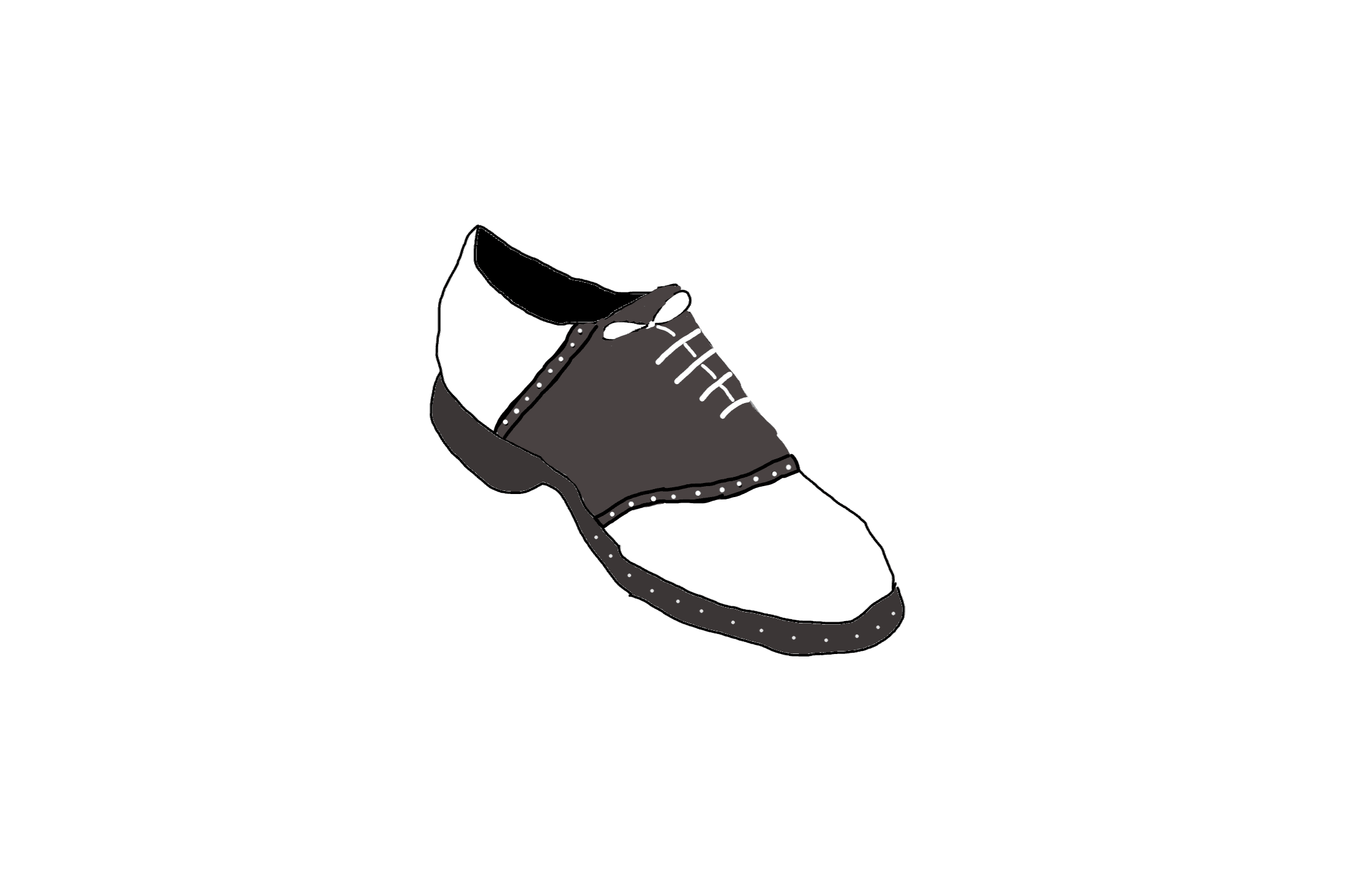By the 1950s, people were tired of boxy, boring fashions. The shapeless clothing trends of the war era were desperately in need of an exciting and innovative update. People wanted clothes that fit well, and were comfortable and stylish. At the time, French designer Christian Dior, was looking forward with his “New Look” and both men and women took notice.
Clothing materials like wool, cotton, and silk were still in fashion, but synthetic fabrics were being introduced as alternatives. Nylon, polyester, and rayon were new on the fashion scene and starting to show up in clothing stores. During this era, there were several designers that played a role in guiding mid-century fashions, while at the same time, many women still made their family clothing at home using sewing patterns from companies like like Butterick, Simplicity, and Vogue.
In the 1950’s, many women did not work outside the home, but Dior played a pivotal role in helping them cultivate a sense of femininity and elegance when they went out, entertained or hosted dinner parties. The form-fitting women’s fashions of the 50s started to accentuate a woman’s hourglass silhouette without revealing more skin than was appropriate for the time. These innovative looks revolutionized mid-century fashions, and these are some trends we think should make a comeback.
In compiling a list of 1950s fashion trends, we concentrated on styles that tend to cycle in and out rather quickly. While many of the trends are more relevent to women, some men’s fashions have been included. (Read more about styles in “The Most Iconic Fashion Trends of the ’50s.”)
Bracelet Sleeves
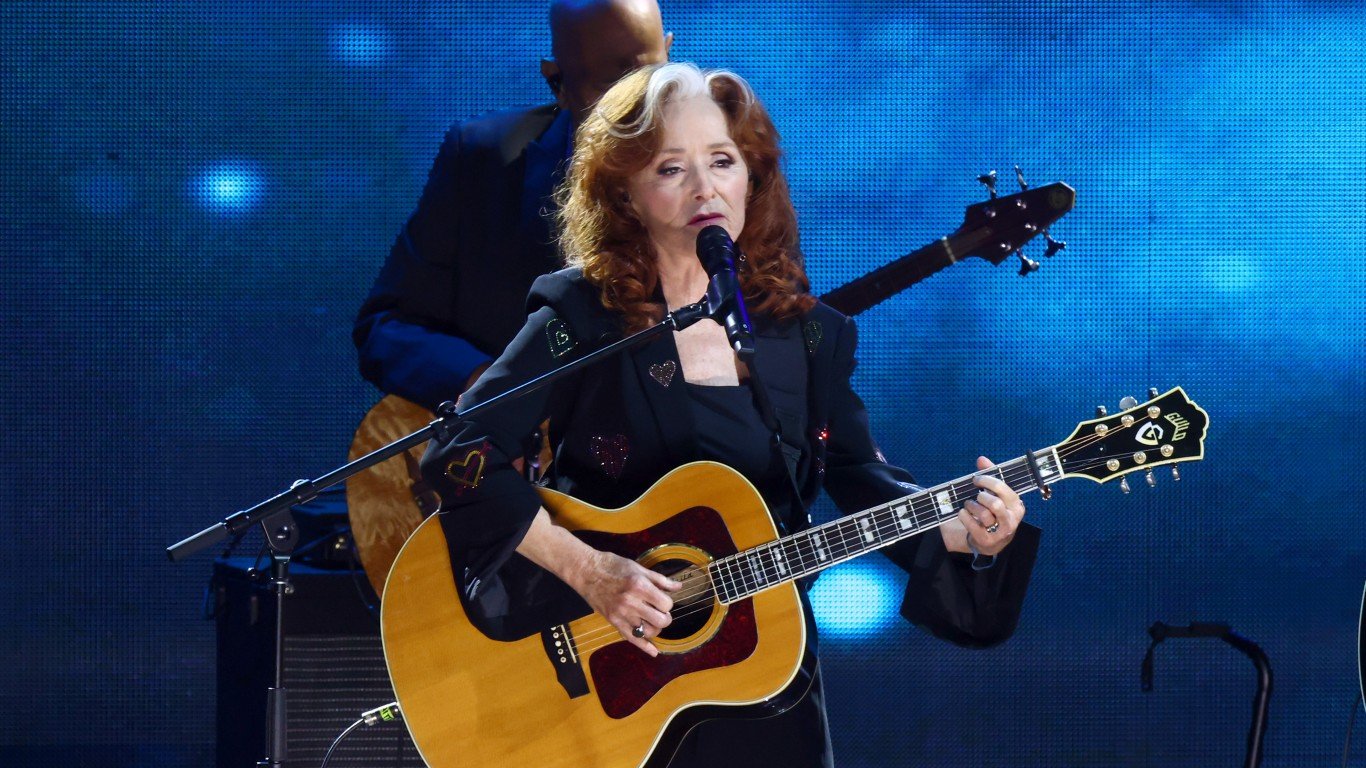
Bracelet sleeves, also known as three-quarter sleeves, end halfway between the elbow and wrist. This sleeve length complemented a woman’s slimmer wrist by covering the wider part of the arm. It also showed off bracelets and designer watches rather than them being hidden by clothing.
Cartwheel Hat

Hats were very popular in the 1950s, and the cartwheel hat was one of the trendiest. Distinguised by its broad brim and shallow crown, the hat got its name because it resembled a wheel. It was stylish as well as practical as it provided protection from the sun.
Circle Skirts
Full skirts were a wardrobe essential for women, with circle skirts being one of the most popular. Their name came from their circular appearance when laid flat, with the material forming a perfect circle around the waist. Designer Juli Lynne Charlot elevated the circle skirt with her iconic poodle skirt that featured felt poodle embellishmens on the skirt.
Culottes
The earliest culottes in history were knee-length trousers worn by aristocrats and military personnel. But in the 1950s, designer Claire McCardell brought culottes back into fashion. She prioritized comfort in her designs, and took the length of capris but widened the legs to create shorter pants that resembled a skirt when viewed from different angles.
Drainpipe Jeans
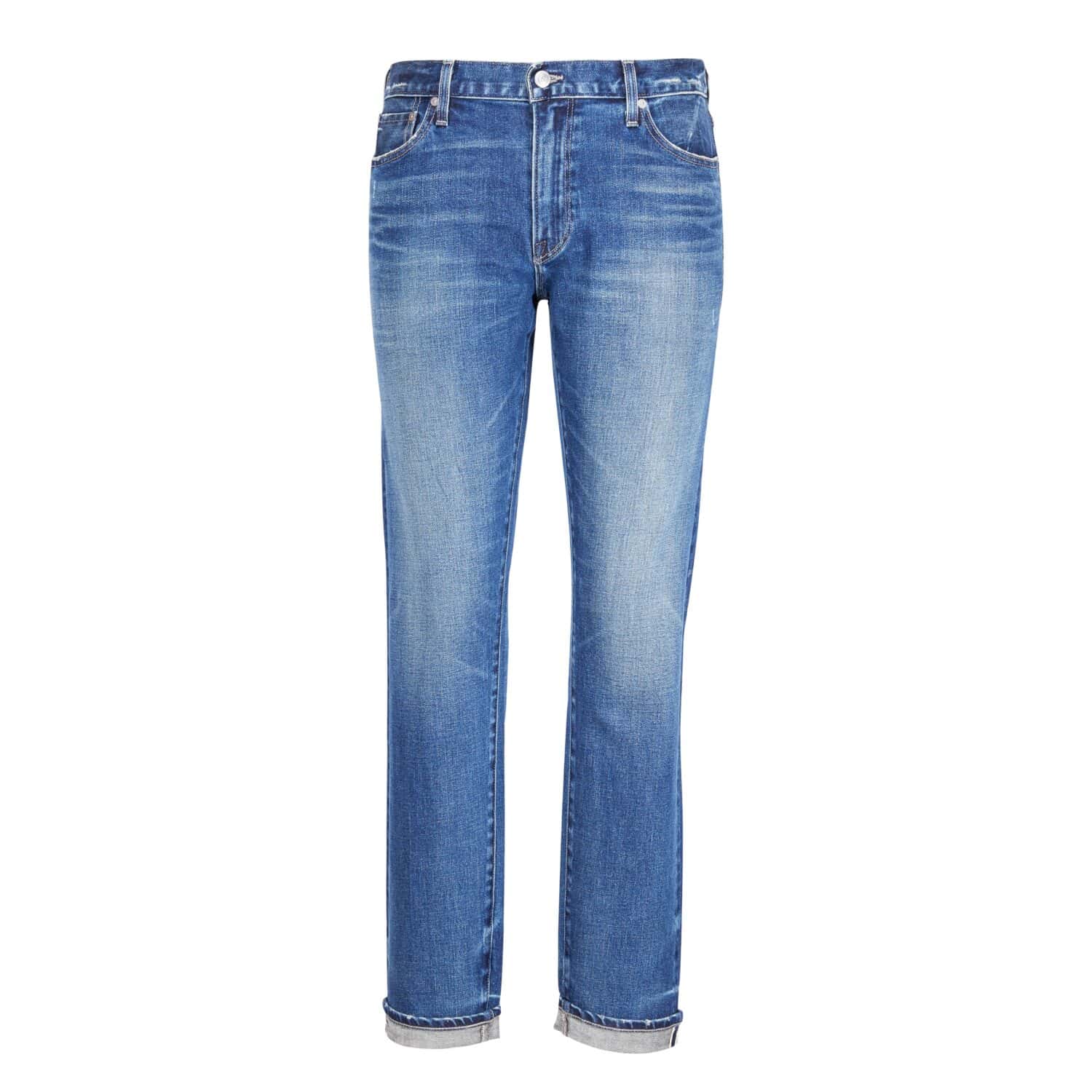
The 1950s version of skinny jeans were called drainpipe jeans. They had a higher waistband that went almost to the belly button and slowly tapered toward the ankle. Levi’s dominated the market for this style of jeans, which were popular with celebrities of the time, like James Dean and Elvis Presley.
Fedora
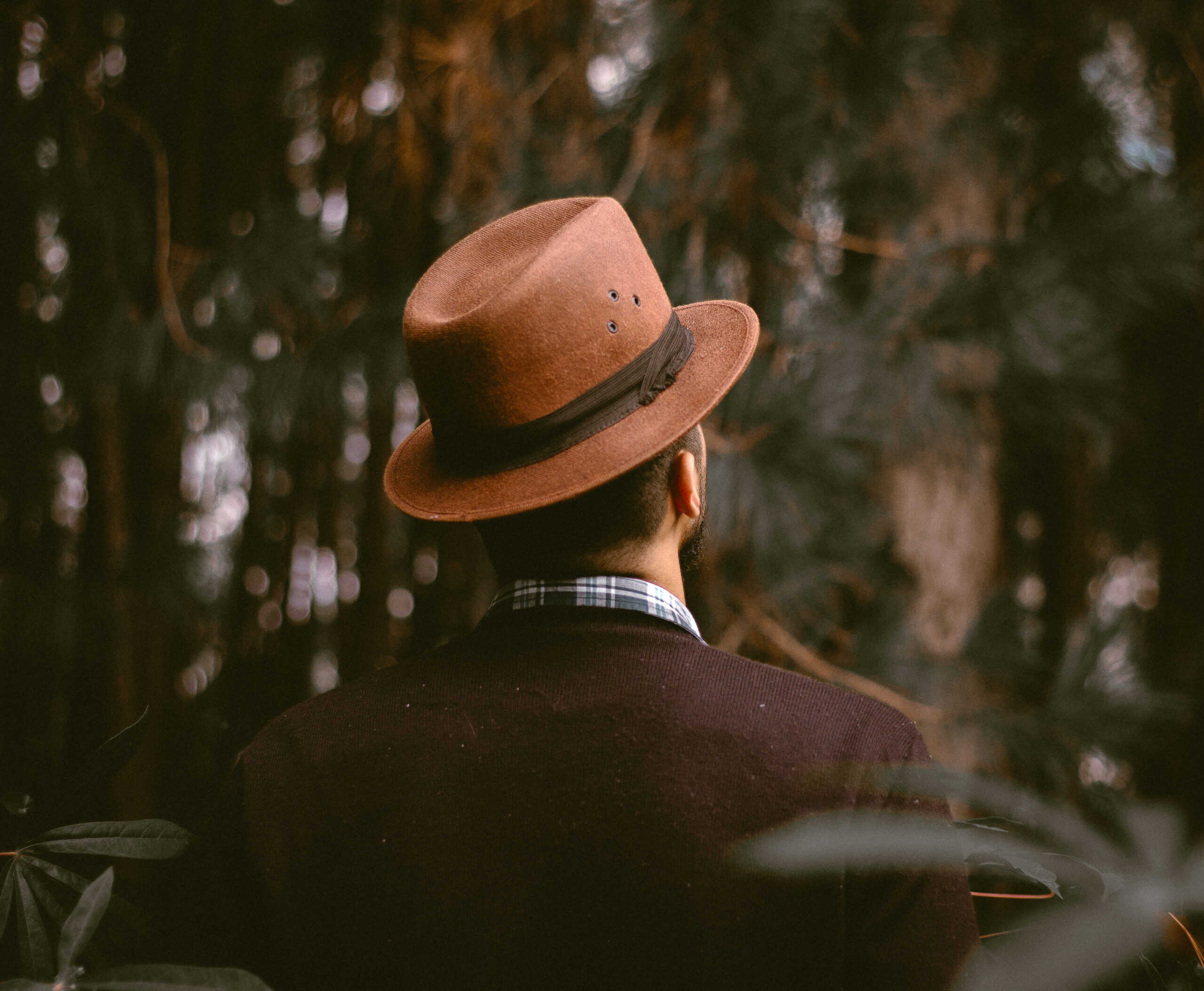
The fedora was the most popular men’s hat style in the 1950s. had several hat styles available, but the fedora remained at the top of the list. The hat features a pinched indent running down the top and a brim about 2 to 3 inches wide.
Halter Blouse and Dress

One ‘50s fashion trend was to skip shoulders and have a halter with straps that met around the back of the neck, showing off the shoulders and more of the back. There was also the halter dress where the straps met behind the neck, fully exposing the back. If you’ve seen Marilyn Monroe’s famous gold dress in “Gentlemen Prefer Blondes,” you’ve seen a classic halter dress.
Jeans and White T-Shirts
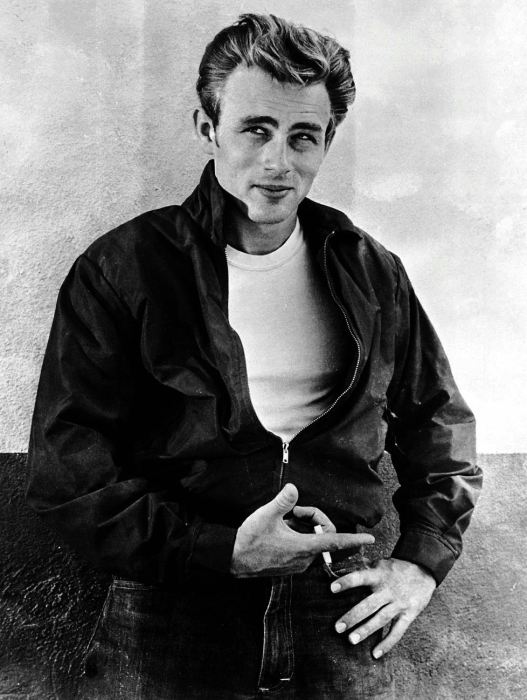
James Dean’s iconic outfit in “A Rebel Without a Cause” popularized the jeans and white T-shirts in the fashion world. The simple and comfortable style transcends age and gender, making it universally appealing.
Knot Stitch Blouse
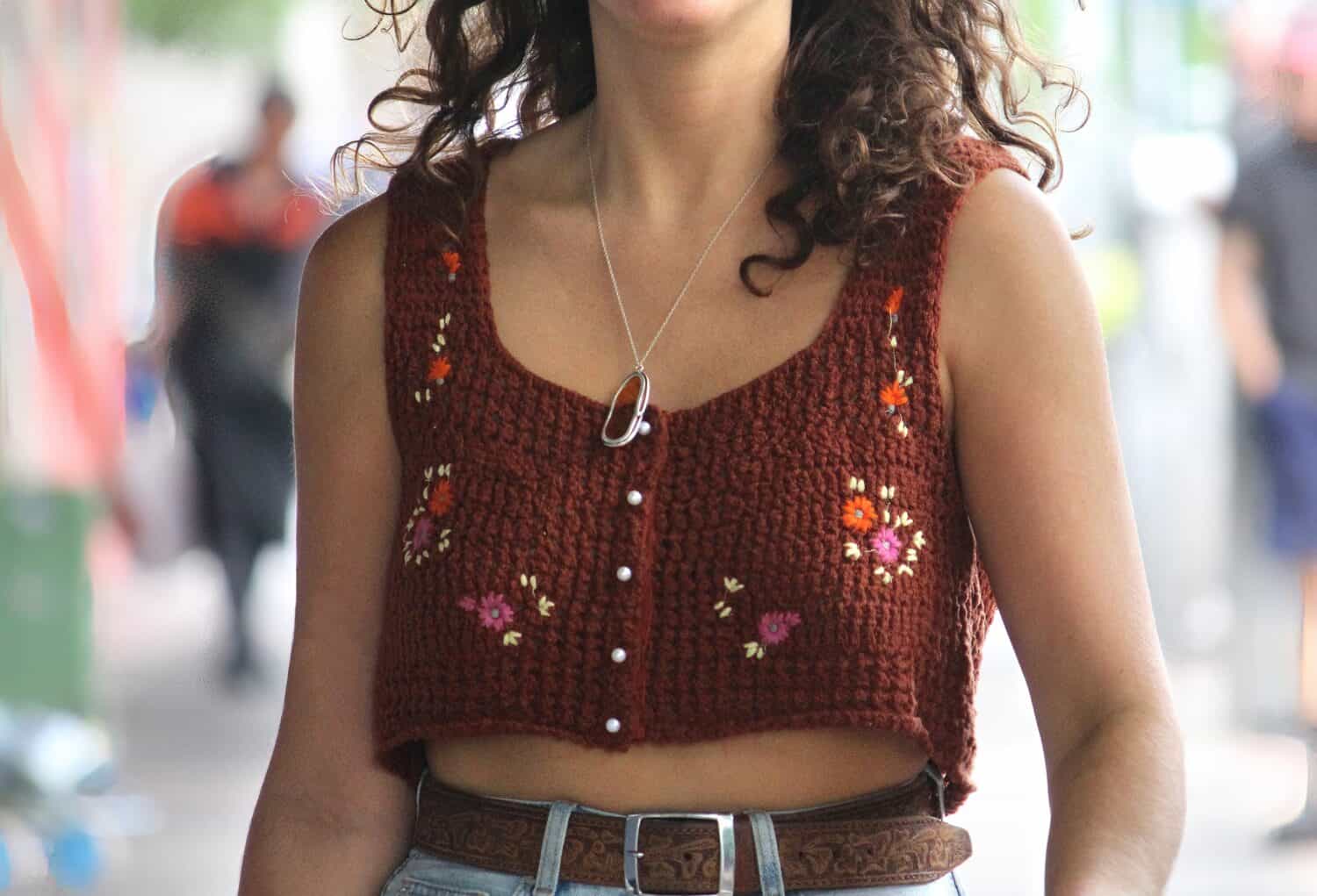
Women were crocheting before the 1950s, but up to that point, they mostly made household items like throws, rugs, and teapot cozies. When they started crocheting clothing, the knot stitch blouse, became a ‘50s women’s fashion staple.
Mackinaw Jacket
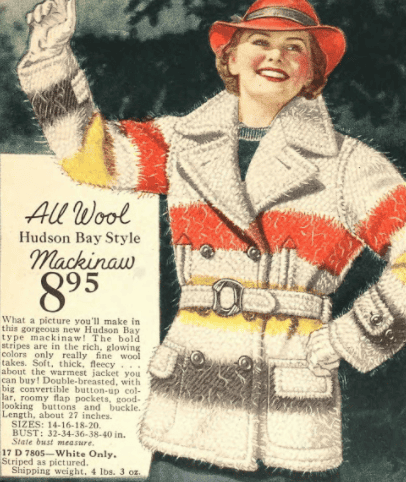
The Mackinaw jacket was a heavy wool jacket designed for keeping workers warm when they worked outside. The jacket gained popularity after being worn by Marlon Brando’s character in “On the Waterfront.”
Mushroom Hat
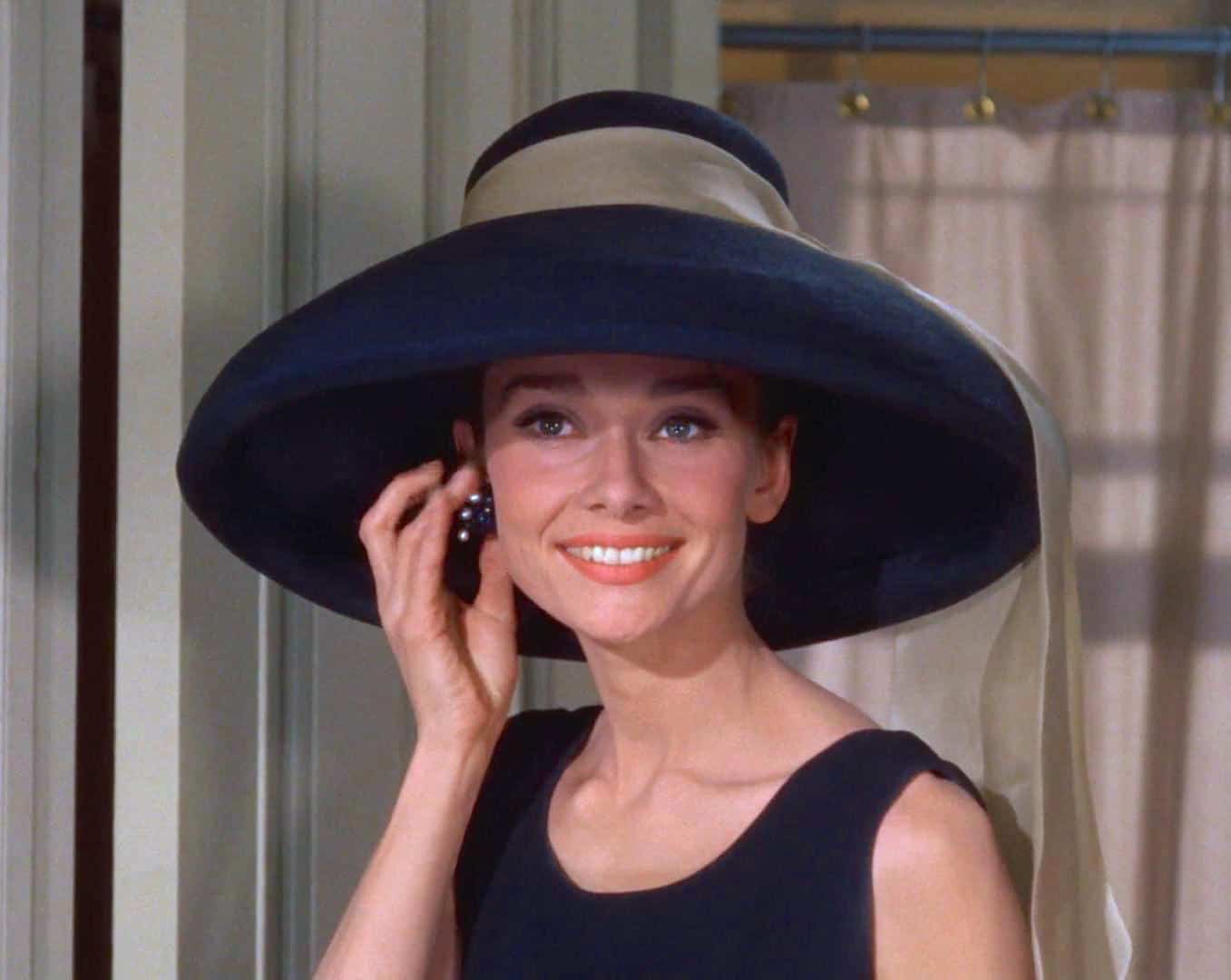
Christian Dior’s “New Look” collection brought the mushroom hat into the spotlight of fashion. The wide brim shades the face like the cartwheel hat, but the brim shape has the features of a mushroom cap. An iconic example of this style was Audrey Hepburn wearing one in “Breakfast at Tiffany’s.”
Pedal Pushers

Polka Dots
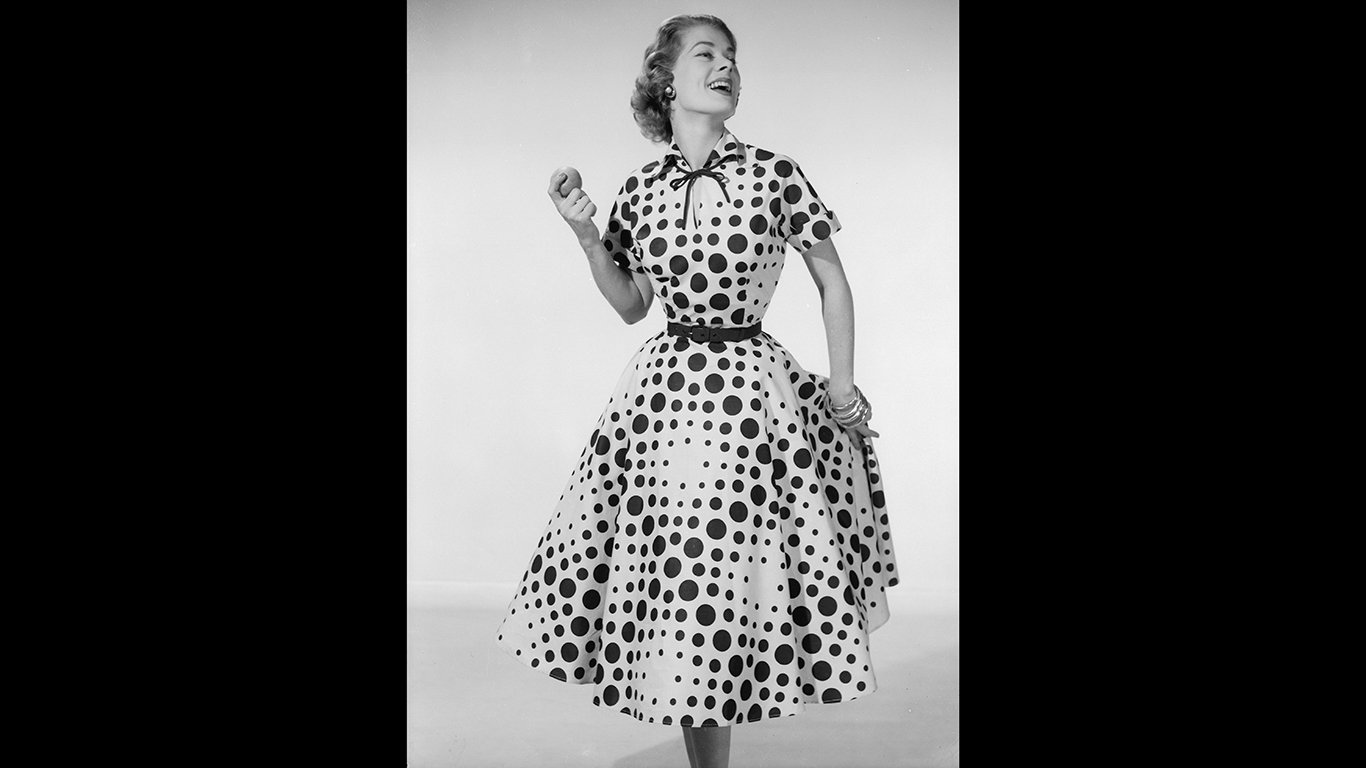
The Cheney Brother’s 1918 booklet explains the origins of the term “polka dots,” proposing that it originated during President James Polk’s campaign, which coincided with the introduction of the Polka dance. The rising popularity of both the president and the dance inspired the fashion industry to incorporate dotted patterns into their spring and summer lines.
Poodle Cut
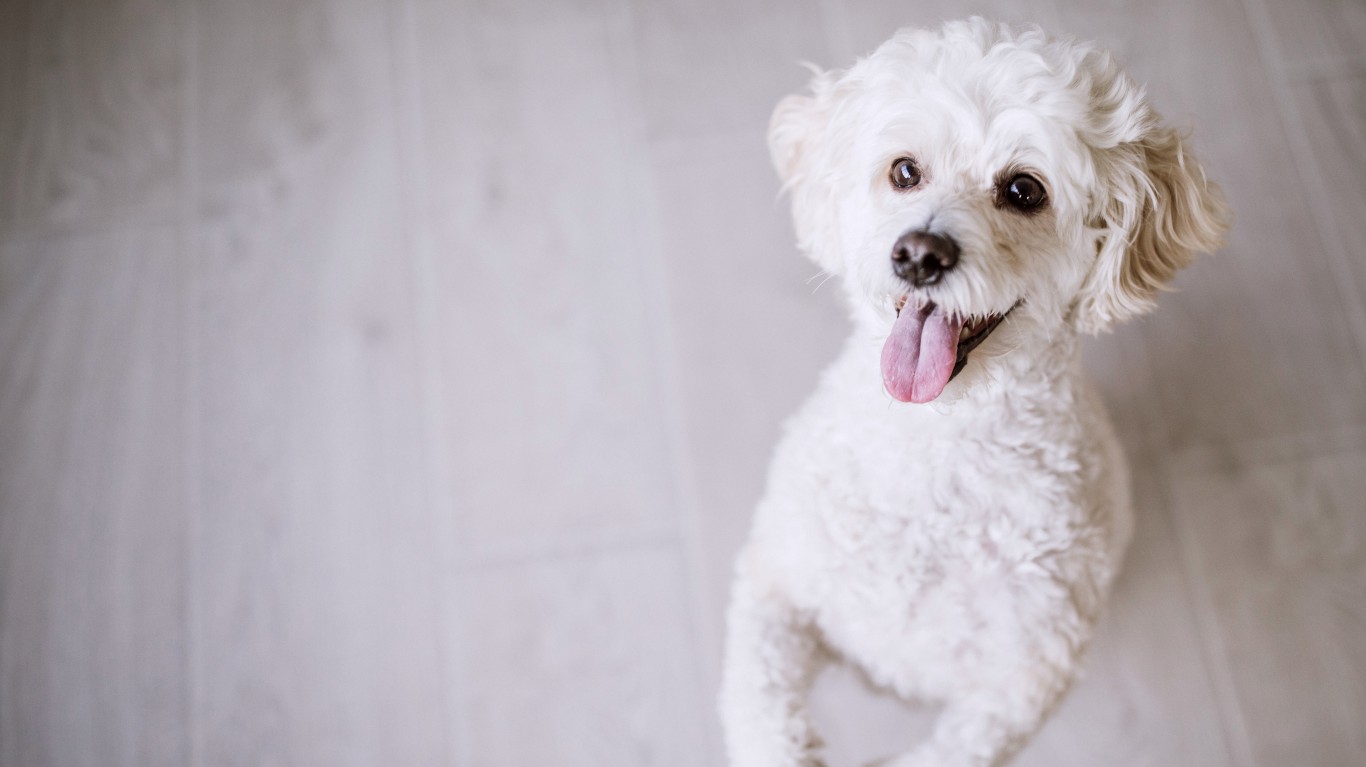
In the 1950s, a hairstyle that was named after a dog became popular with women who sported naturally curly hair. The poodle cut was embraced by women who wanted to stop fighting their curls and straightening their hair, and favored an easy, short hairstyle.
Raglan Blouse
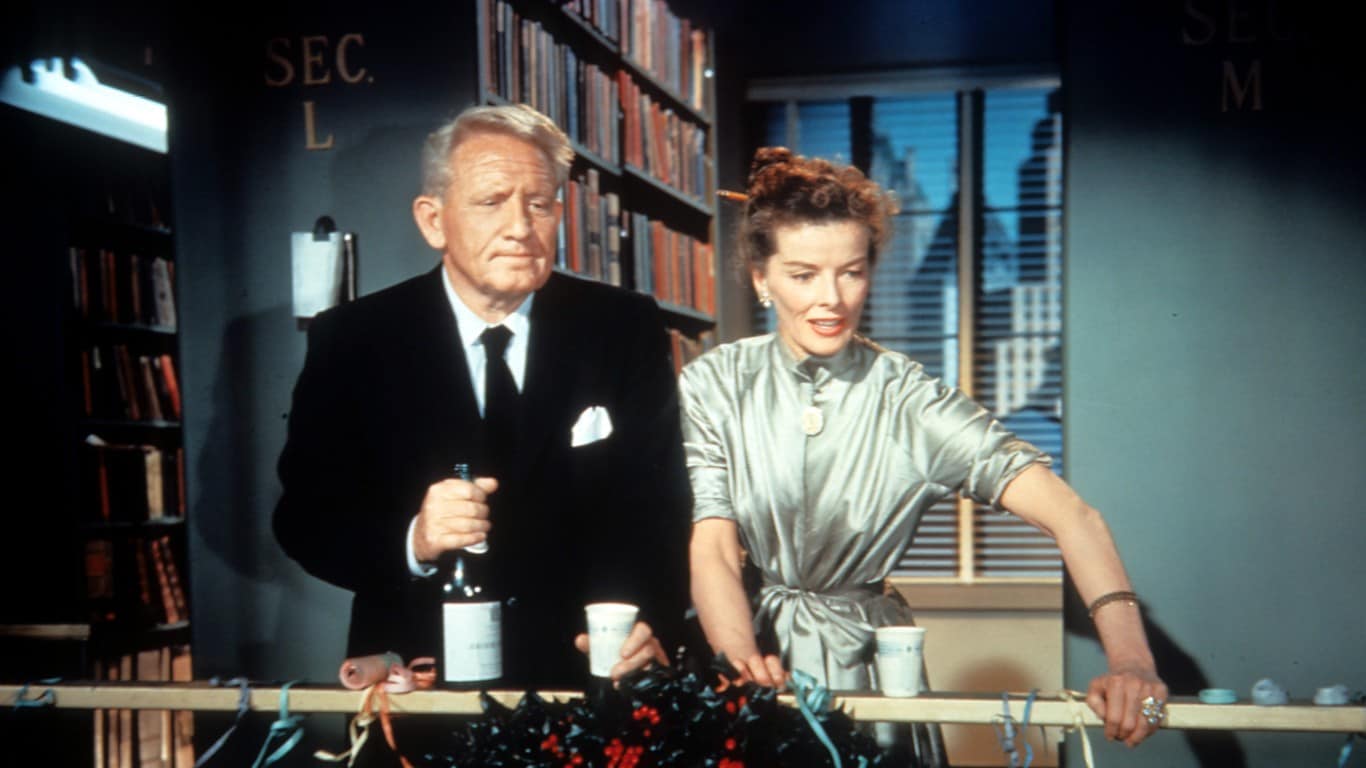
Spencer Tracy and Katharine Hepburn in a scene from the film Desk Set, 1957. (Photo by 20th Century-Fox/Getty Images)
The raglan blouse is a timeless fashion that deserves a comeback. Featuring darts at the shoulders and waist, it created a fitted silhouette that could be worn tucked in or left untucked.
Sack Dress
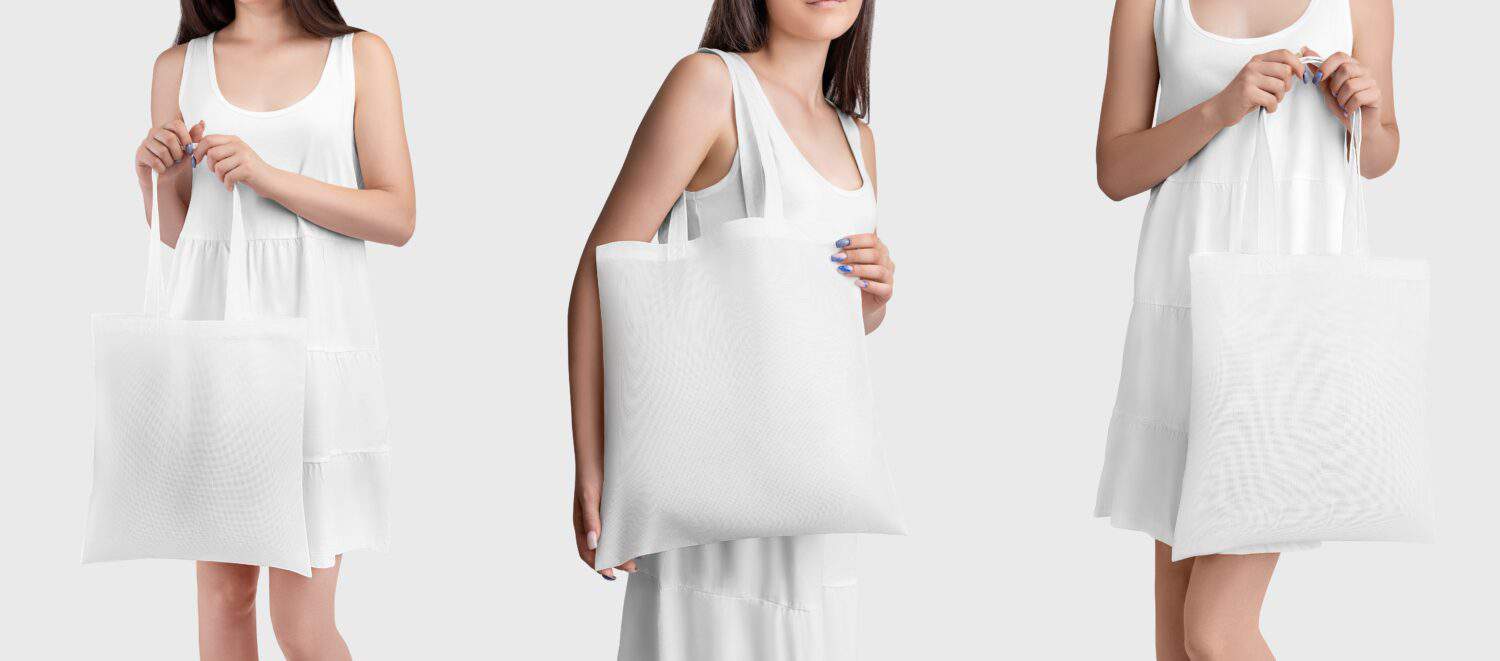
When Christian Dior was putting the emphasis on the fitted, hourglass silhouette in the 1950s, fashion designer Cristóbal Balenciaga headed in the other direction and introduced the sack dress. Unlike the snugly clinched waists popular at the time, Balenciaga’s creation featured a dropped waist and wide shoulders, a design that emphasized comfort while drawing attention to shoulders and legs, more than waists and hips.
Suspenders Skirt

The widespread popularity of the full skirt in the 1950s saw a notable trend with the addition of suspenders that attached at the waistline. Women often added the distinctive touch of crisscrossing the suspenders on the back of their outfit.
Swing Coat
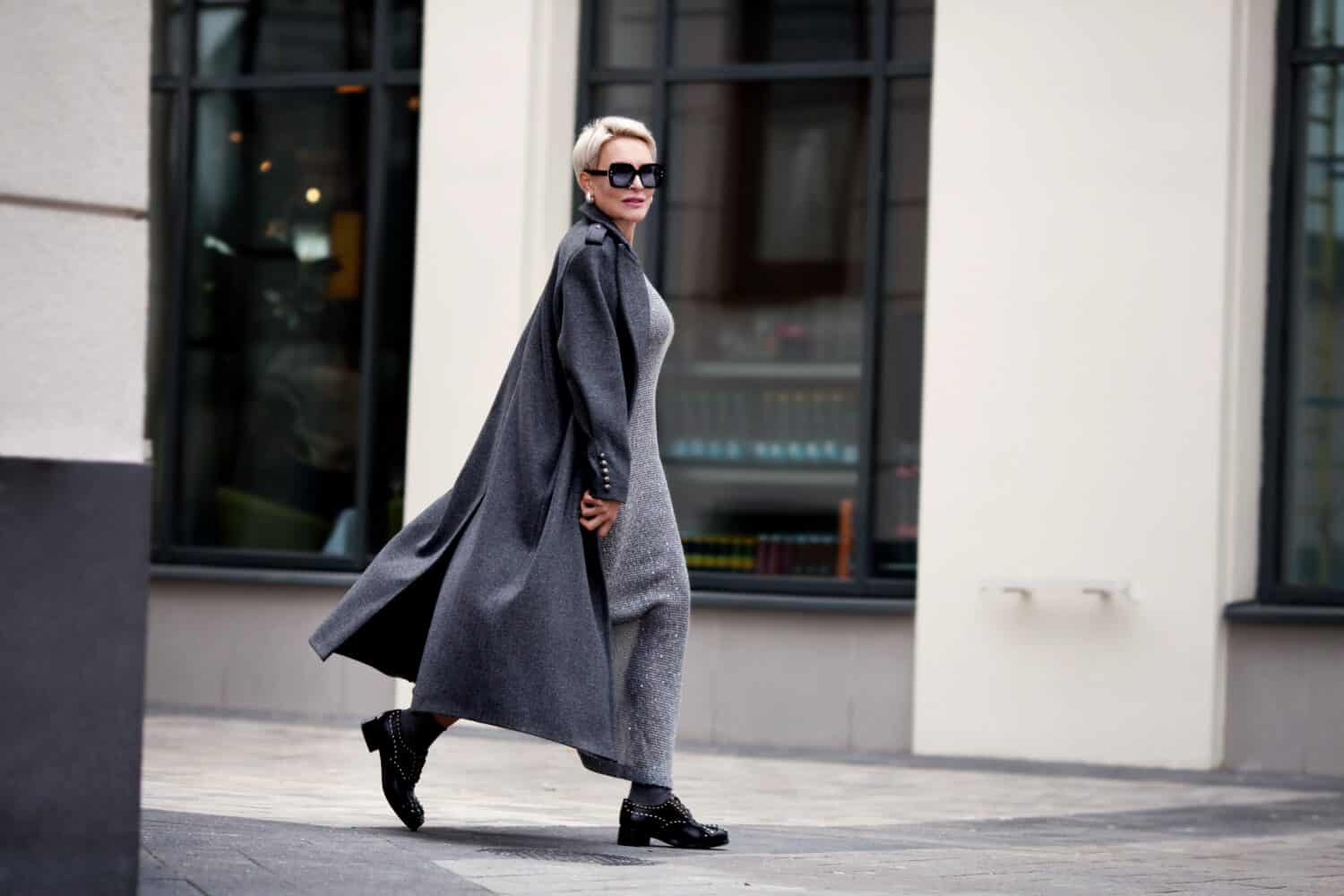
The popular 1950s swing coat was designed with a full and flared silhouette. Wool was commonly used for the material, sometimes with real or faux fur accents on the collar and cuffs.
Saddle Shoe
Traditional saddle shoes feature white heel and toe sections and a black mid-section, typically made from leather with a thinner sole and minimal heel. The design is iconic and simple. Modern designs have added colors, but the classic black and white saddles were the 1950s original.
Wayfarers
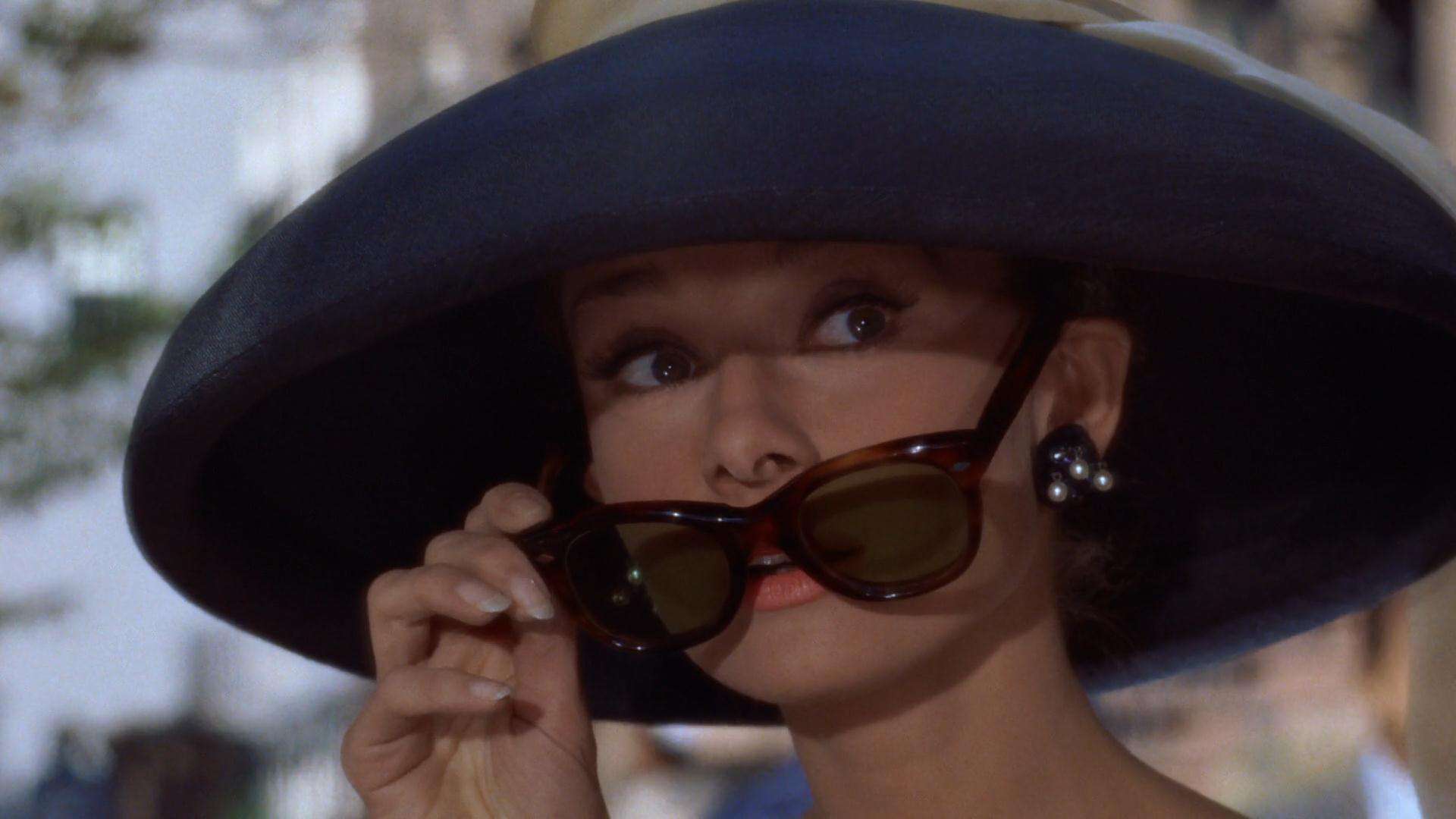
Ray-Ban introduced its iconic Wayfarer sunglasses in 1952 and they quickly gained popularity with Hollywood actors like Audrey Hepburn and James Dean. While these classic sunglasses remain fashionable, there have been numerous redesigns over the years.
The Wrap Dress
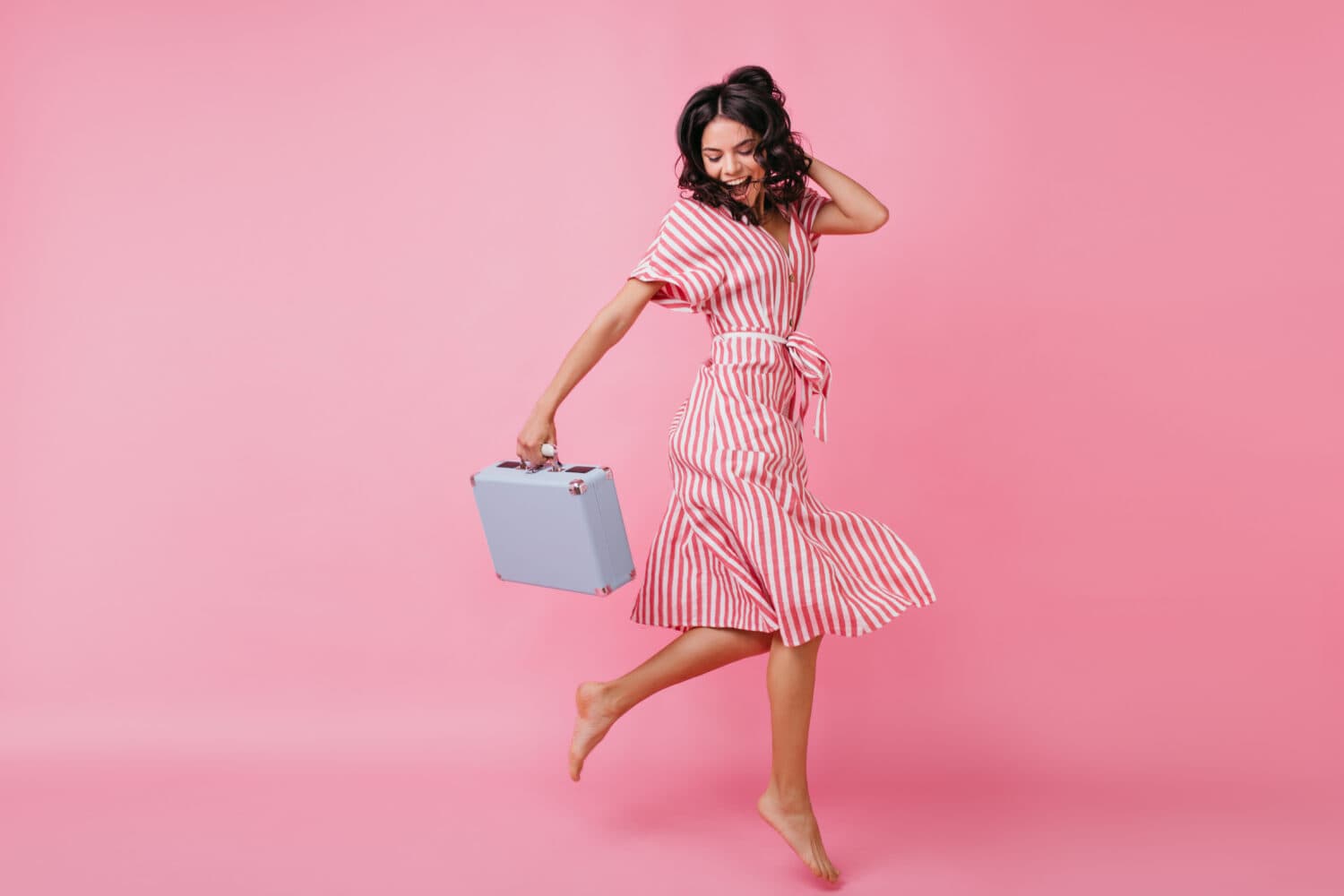
The 1950s wrap style dress was the epitome of convenience. The style was comfortable and fashionable, with inner ties and an outer belt or more ties securing it.
Two-Piece Swimsuits With Shorts or Skirts

As the popularity of two-piece swimsuits rose in the 1950s bikinis, some defining characteristics set them apart. Bra tops or tank tops were matched with high-waisted shorts or tennis-style skirts, offering the comfort of a two-piece while offering more protection from the sun. Sandra Dee’s look in the film “Gidget” featured classic 1950’s two-piece swimsuits.
